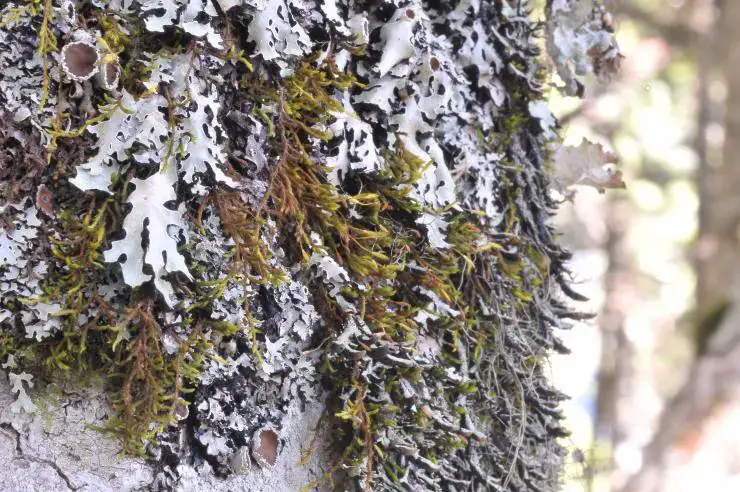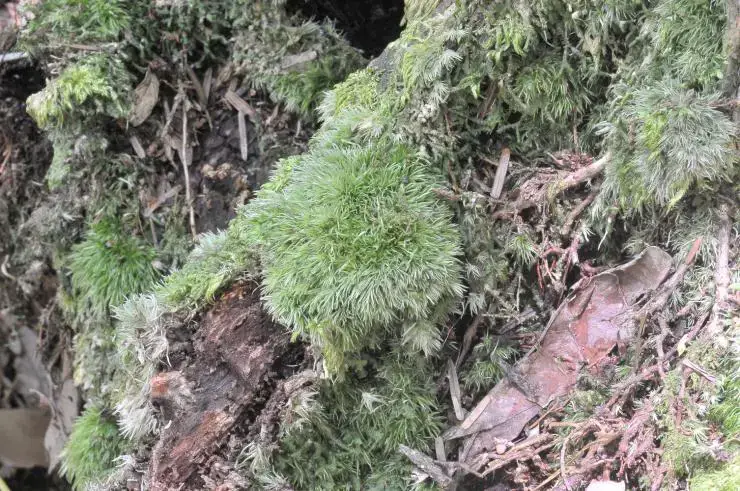
5856d54f21c593d9017a4c708465902e.jpg from: https://taieol.tw/muse/digi_object/944be5363af1050246cc941b5ca41998
Mielichhoferia coarctata: The Fascinating Moss of the Mniaceae Family
Introduction
Mosses are often overlooked, but they play crucial roles in ecosystems around the world. One particularly interesting moss is Mielichhoferia coarctata Müll.Hal., a member of the Mniaceae family. In this blog post, we’ll take a closer look at this fascinating bryophyte, exploring its morphology, distribution, habitat, and ecological significance. Get ready to dive into the miniature world of Mielichhoferia!
Background
Mielichhoferia coarctata is a species of moss classified in the

7037e79d418c961c5141889e083833ce.jpg from: https://taieol.tw/muse/digi_object/2355523fe7d6b11d4b7a8ac495911fd7
Bryophyta division and Bryopsida class. It was first described by German botanist Carl Müller in 1874. The genus Mielichhoferia is named after Austrian botanist Matthias Mielichhofer. There are around 50 species in the genus found worldwide.
Morphology and Identification
M. coarctata forms small, compact cushions or turfs. The leaves are lanceolate (lance-shaped) and have a costate (single midrib). Leaf margins are entire and often recurved. Capsules are pyriform (pear-shaped) and sulcate (grooved) when dry, borne on a seta (stalk) 5-15 mm long. Spores are 10-14 μm in diameter.
Key identification features:
- Small, compact growth form
- Lanceolate leaves with entire margins
- Pyriform, sulcate capsules on short setae
- Spore size 10-14 μm
Global Distribution and Habitat
M. coarctata has a scattered global distribution. It is found in:
- Europe: Scandinavia, Alps, Carpathians
- Asia: Siberia, Russian Far East, Japan
- North America: Alaska, Yukon, British Columbia, Washington
- South America: Andes mountains
This moss grows on damp, acidic rock faces and crevices, often in montane habitats near streams or melting snow. It prefers partially shaded sites at higher elevations.
Ecological Roles and Adaptations
Like other mosses, M. coarctata plays important roles in its ecosystems:
- Helps retain moisture and prevent erosion on rock surfaces
- Provides shelter and foraging grounds for micro-invertebrates
- Pioneers the colonization of bare substrates
- Contributes to nutrient cycling and biomass production
M. coarctata has several adaptations for its rocky, montane habitat:
- Small, compact growth form resists damage from wind and ice
- Thick cell walls help prevent desiccation
- Dark green coloration maximizes photosynthesis in low light
- Production of abundant spores facilitates long-distance dispersal
Conclusion
Mielichhoferia coarctata may be small, but it’s an important and intriguing member of mountain ecosystems across the Northern Hemisphere. Next time you’re hiking in the mountains, keep an eye out for this tenacious little moss eking out a living on a cliffside. Its unassuming appearance belies a host of fascinating adaptations and ecological roles. What other secrets might the miniature world of mosses hold?